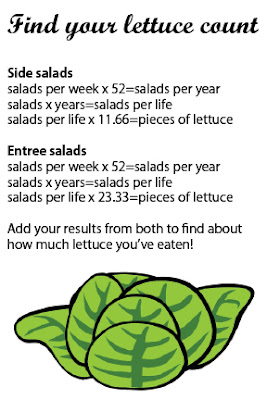The History of Ramen
In
the U.S.A. we tend to eat whatever is cheap, quick and tastes good. Ramen combines all three of these
qualities. At 25 cents or less for
prepackaged ramen, virtually anyone can purchase it. And in comparison to other prepackaged noodle dishes ramen is
just as filling at a fraction of the price. Speed also is not an issue since the only steps are to boil a noodle block in water and add a flavor
packet. The most enjoyable part of any
food, however, is eating it. And even
prepackaged ramen is tasty enough to cure any noodle craving.
For
many Americans prepackaged Ramen is all they know, but where did the dish come
from?
 Ramen
noodles originated in China, however, the ramen dish we all know today
originated in Japan in the early 1900s. It is made of very simple elements which make it extremely versatile, a sort of “blank canvas” for chefs. This is cause for much creativity, even in
it's early days. This caused it to become very popular and spread throughout Asia. The major game changer for ramen was when it became mass produced in 1970. Production made it
available to households worldwide and turned it into the international staple
it is today.
Ramen
noodles originated in China, however, the ramen dish we all know today
originated in Japan in the early 1900s. It is made of very simple elements which make it extremely versatile, a sort of “blank canvas” for chefs. This is cause for much creativity, even in
it's early days. This caused it to become very popular and spread throughout Asia. The major game changer for ramen was when it became mass produced in 1970. Production made it
available to households worldwide and turned it into the international staple
it is today.
Just
because ramen is mass produced does not mean it is all the same. Prepackaged versions often reflect the tastes
of where it is being sold. For instance,
spicier versions are offered in places like Thailand while more seafood variations are sold in
Asia.
In the United States, ramen has meaning behind it. The prepackaged version comes in four main flavors; chicken, pork, beef, and shrimp. Because a package is so cheap and easy to prepare, it is typically thought of as college food. There is also a stigma that it is for the impoverished. This is also due in part to the fact that ramen prepared by a chef is hard to come by in the US, though it is becoming more common as cuisine from all around the world continues to be a cultural craze.
Although
definitely more uncommon, chef prepared ramen offers a fresher take and often
more options to the consumer. Often in restaurants
that offer ramen, there are many options as to what can go in each individual
bowl. The diner can often choose between
a variety of meats, vegetables, broths, and traditional toppings (such as
boiled eggs). The wide variety opens up
virtually unlimited combinations, making each experience unique.
With
so many varieties to choose from, it may seem strange that ramen is defined as
“a bowl of soup containing noodles, vegetables, and often bits of meat.” The simple definition does not seem to cover
such a popular dish. But when you get
down to it, all varieties, even packaged share that
same simple base.
As
a worldwide culinary staple it is easy to gather how much ramen is adored. The slurpy noodles reflect many cultures,
though the come from one. Their
versatility and flavor have turned a simple idea into a widely recognizable
dish.



Comments
Post a Comment